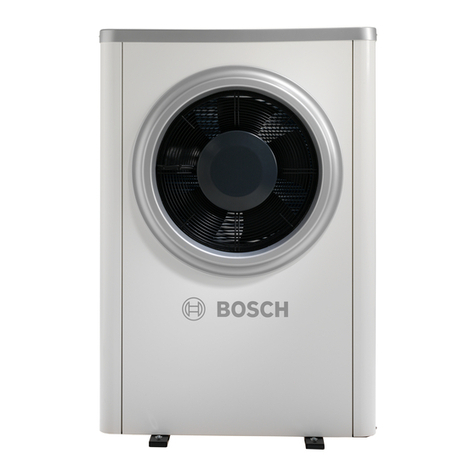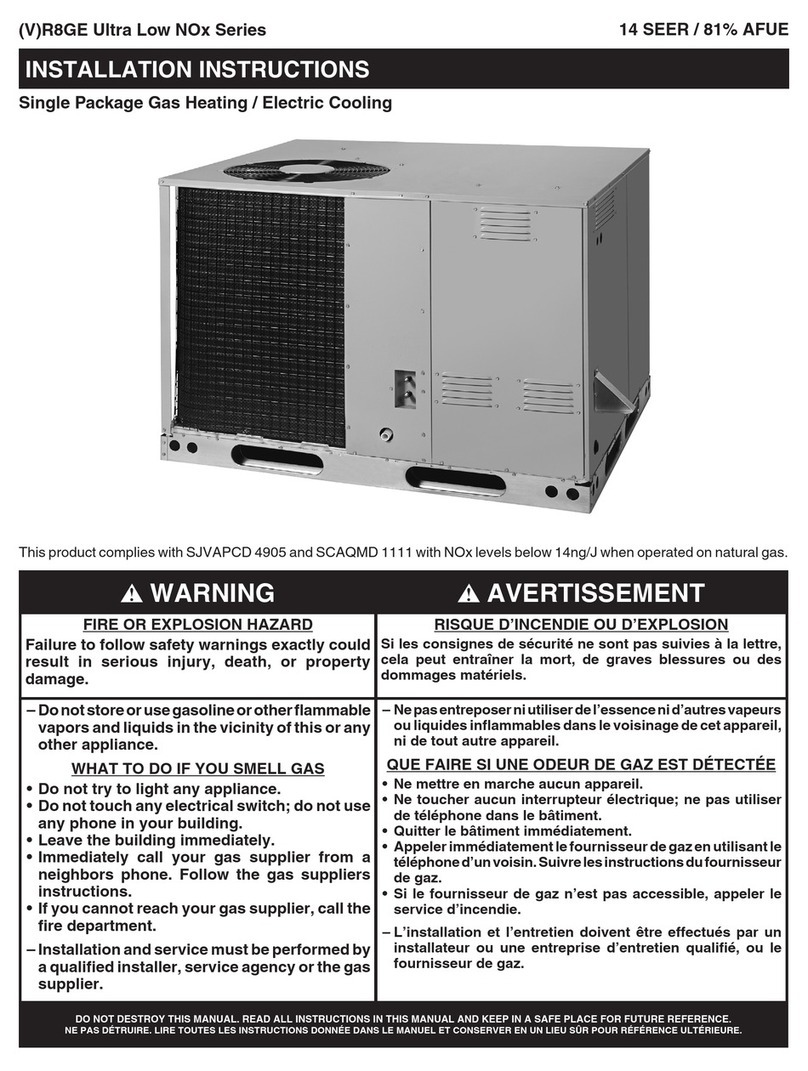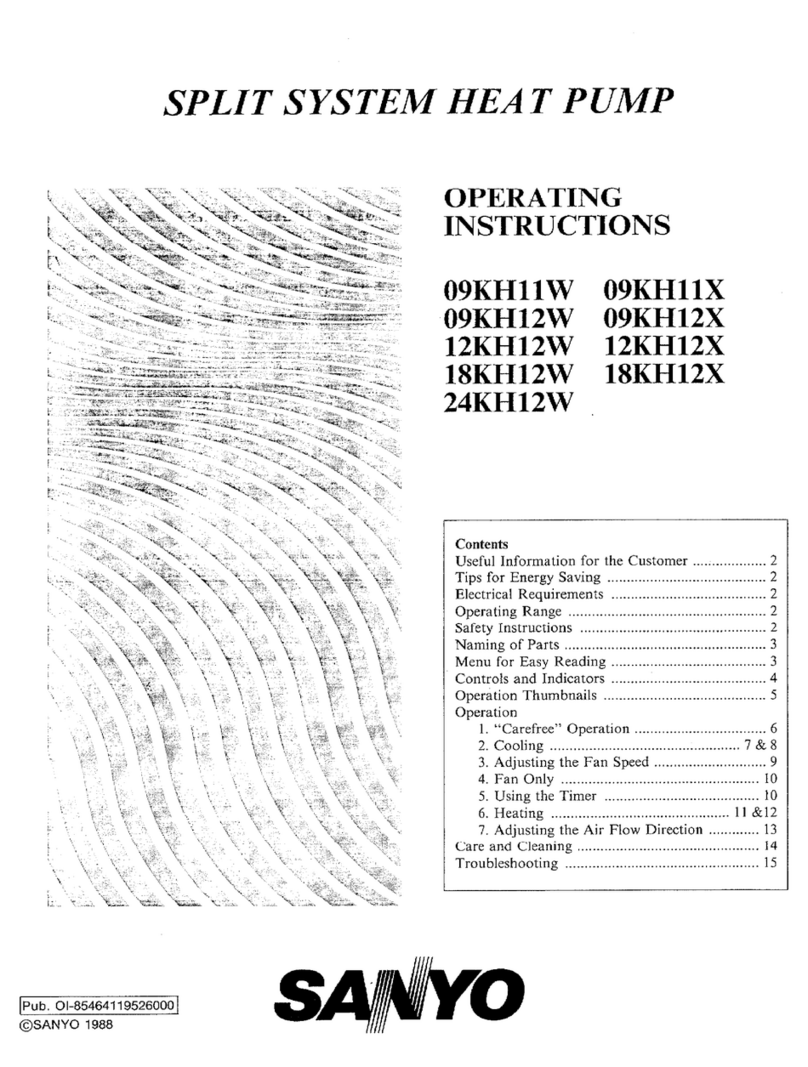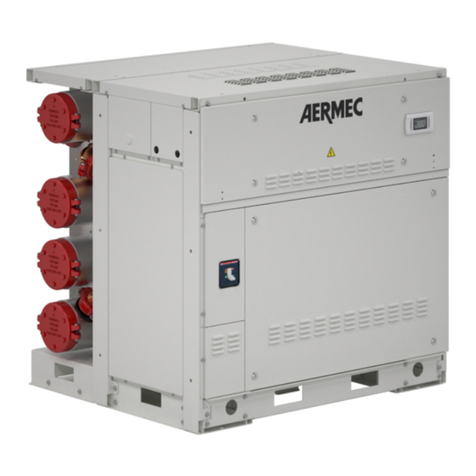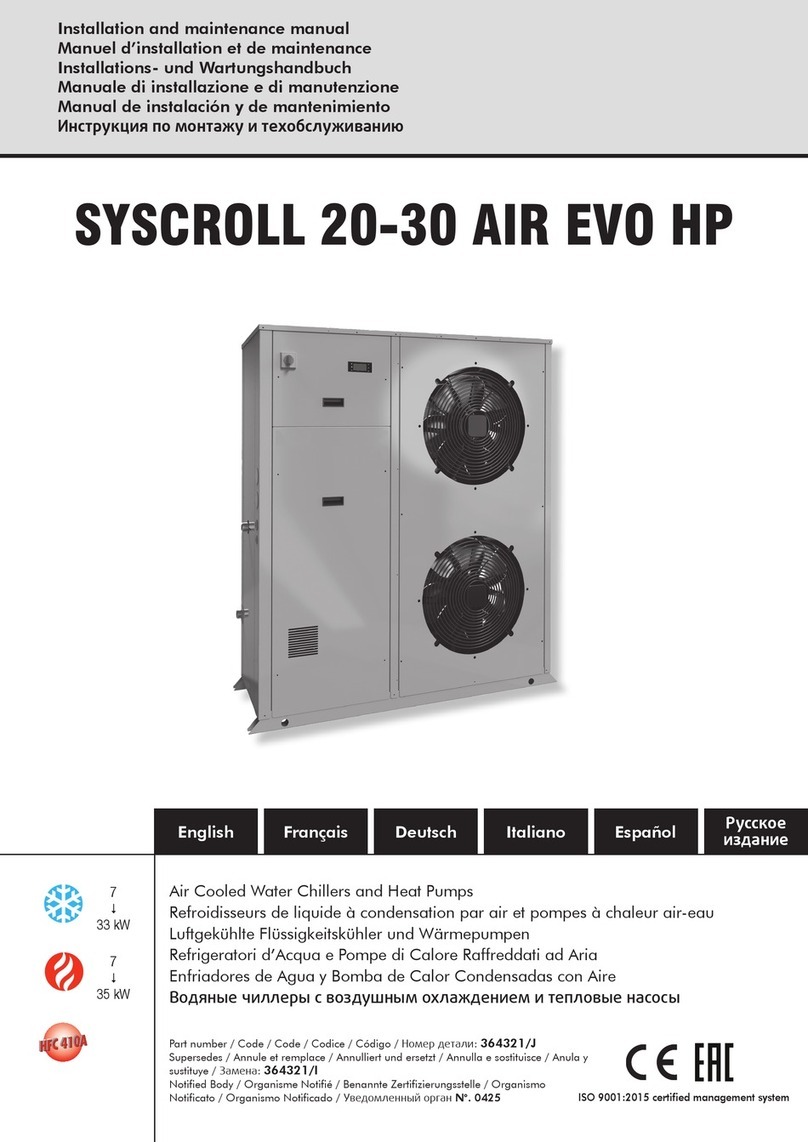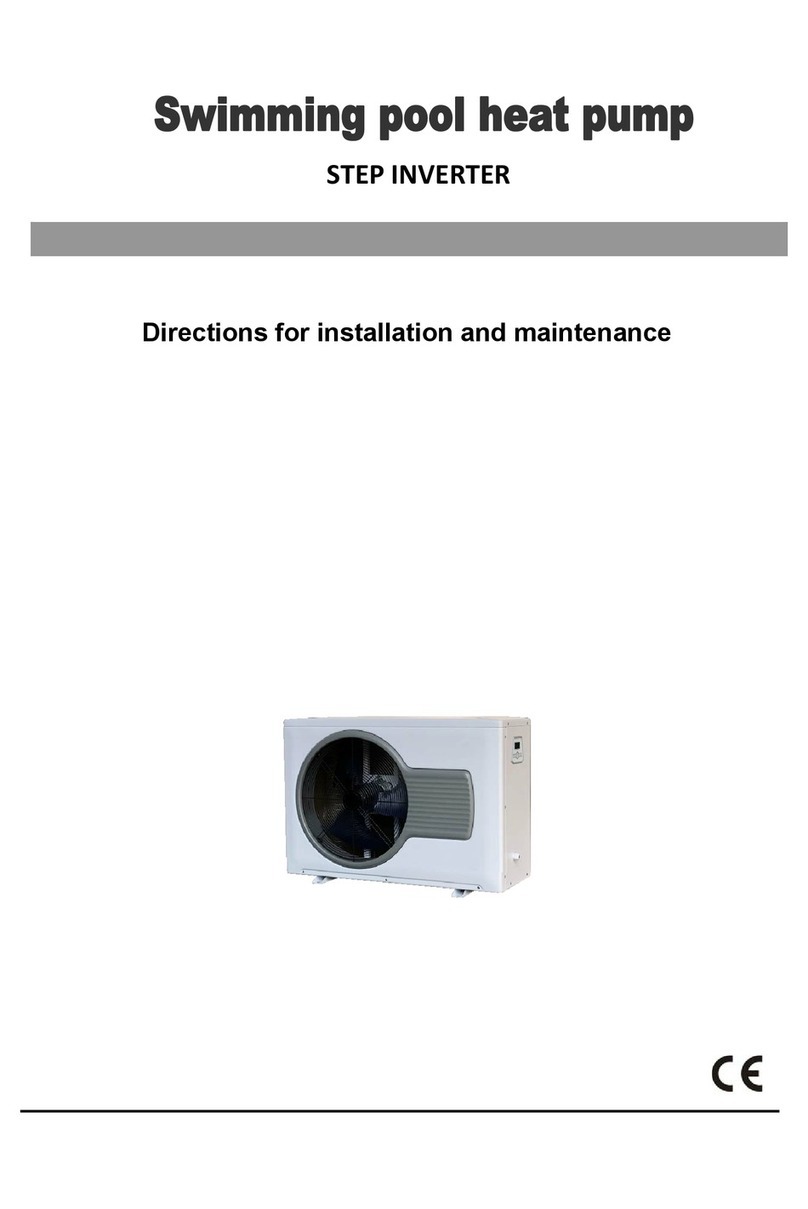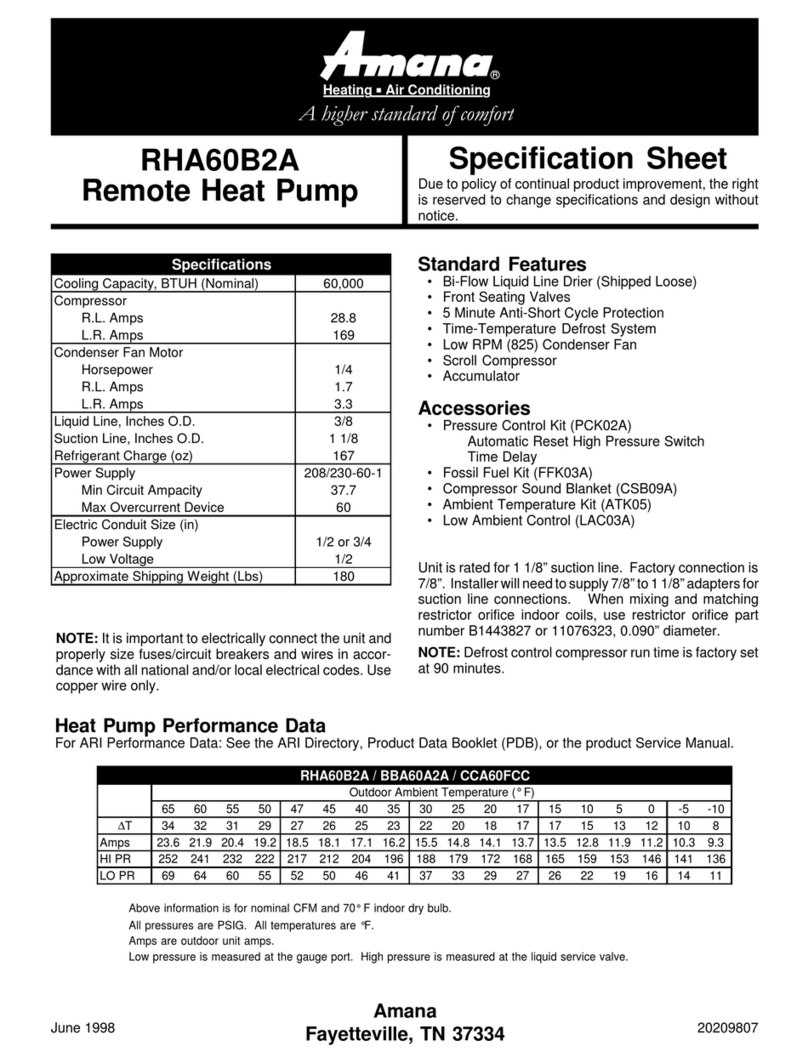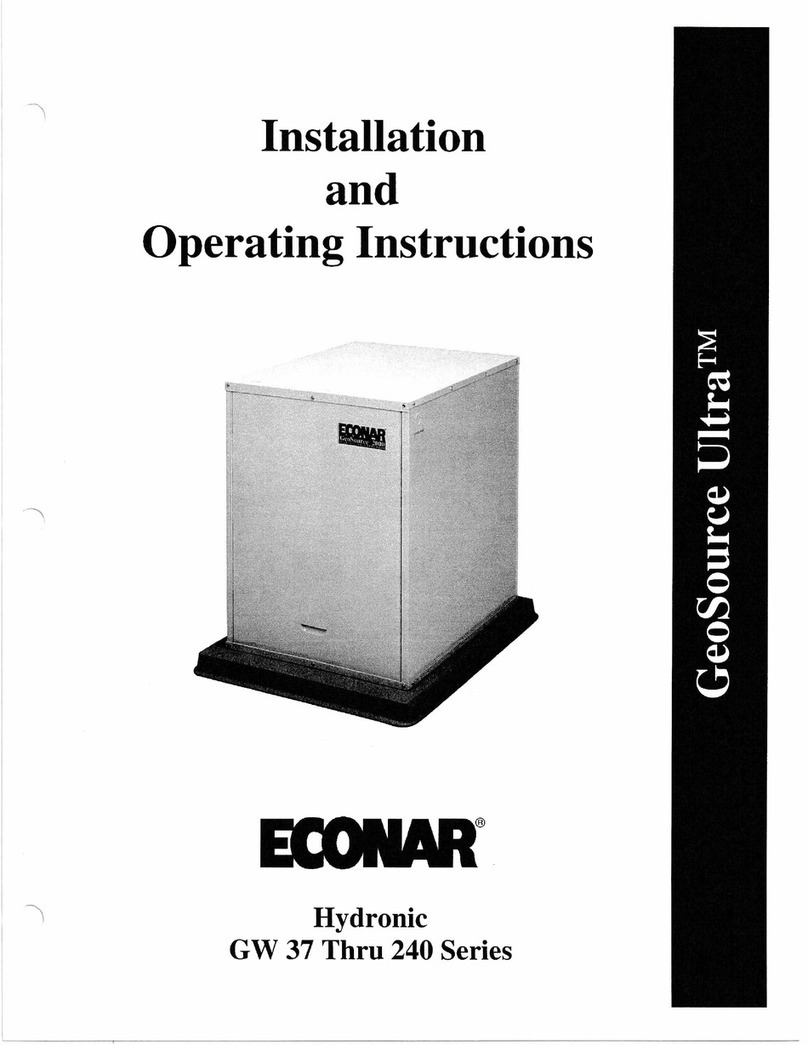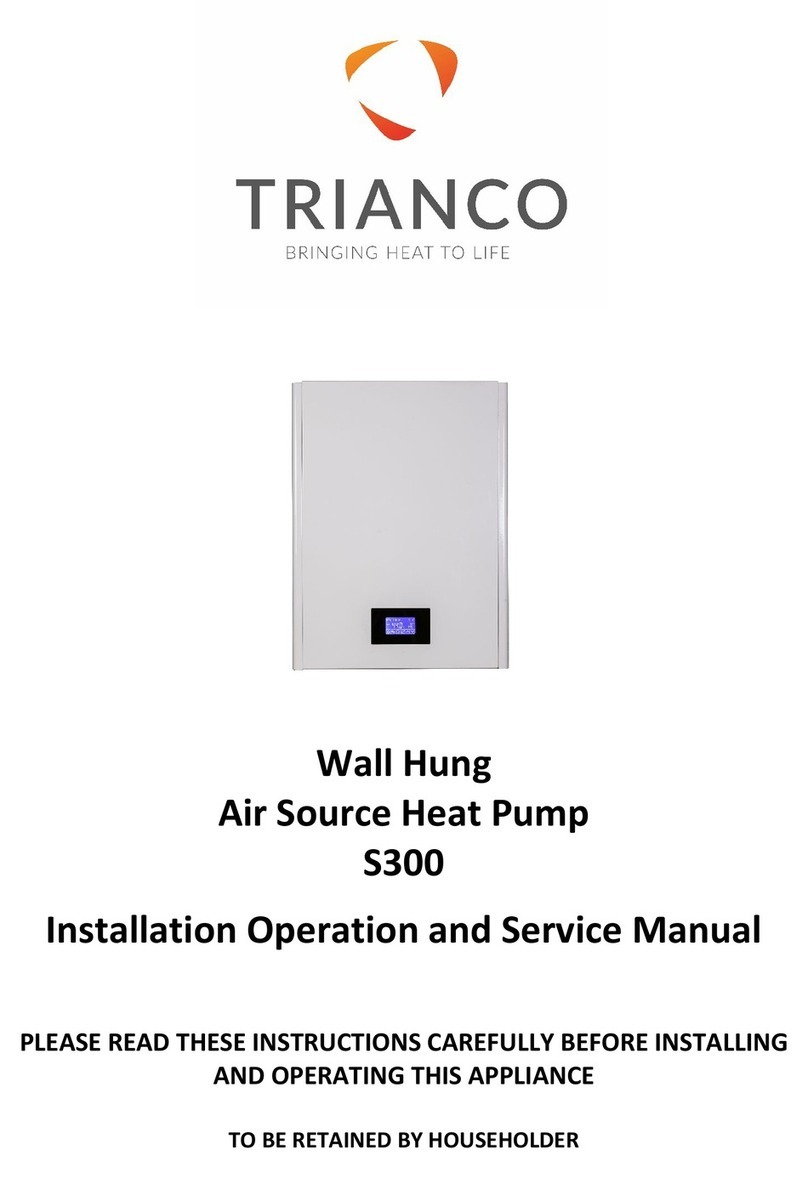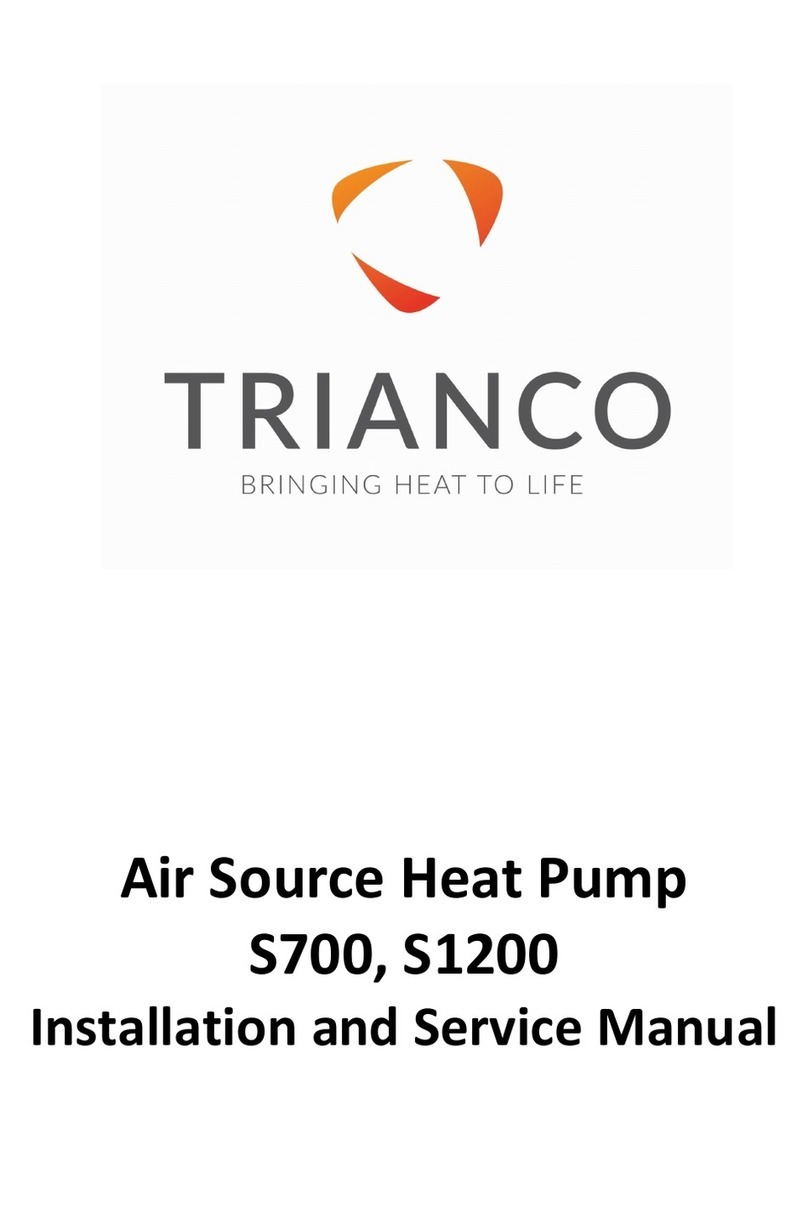INSTALLATION (continued)
DOMESTIC HOT WATER AND HEATING SYSTEMS
Heating systems must be installed in accordance with
HVCA Codes of Practice and BS 5449 Part 1.
The flow and return water connections are made on the
right side of the unit. Flexible connectors must be fitted to
the flow and return tappings to prevent vibration to the
pipe work. Refer to Fig. 2 - 4 for pipe work dimensions.
Isolation valves must be fitted on the flow and return pipe
work close to the appliance, for ease of disconnection and
servicing. The system should be fitted with an automatic
air vent and filter.
Some typical DHW and central heating system schematics
are shown on Figs. 10 - 14 overleaf. See Page 22 for filling
instructions.
It is strongly recommended that 22mm (S500),
28mm(S800) and 35mm (S1300) diameter pipe work is
used. This will help to ensure an appropriate flow of
water through the system.
All pipe work should be insulated in accordance with the
relevant Building Regulations. All pipe work external to the
property should be kept to a minimum, and must be
insulated.
FLUSHING AND WATER TREATMENT
The performance of the appliance could be impaired by
system debris or the effects of corrosion. New systems
must be thoroughly flushed to remove metal filings, solder,
machining oils and any other fluxes or greases before
connecting the unit.
When fitting the appliance to an existing system, it is
advisable to clean the system by using an appropriate
flushing and descaling agent. Refer to BS 7593 [1992] for
guidance. System additives –antifreeze, corrosion
inhibitors and all flushing agents/descalers should be
suitable for this type of appliance. Always refer to
manufacturers' instructions.
Failure to flush and add inhibitors to the system may
invalidate the appliance warranty. The appliance must
not be run without water in the system.
HEATING PERFORMANCE
The Activair provides hot water and heating by extracting
ambient heat energy from the surrounding air. Therefore,
in lower temperature conditions, the output of the unit
will be reduced. All hot water system, cylinder, and
central heating and under floor heating sizing calculations
must take this into account. A chart of Activair heat
outputs at various ambient air temperatures can be found
on Page 13.
CYLINDER AND UNIT SIZING
The size of the cylinder to be used in conjunction with the
appliance is determined by the type of cylinder fitted.
Modern cylinders will provide details on heat-up times
based upon a particular heat input. A cylinder sized to the
requirements of the end user can then be selected.
Alternatively, approximate cylinder recovery times can be
calculated using the following formula:
(Cylinder size (litres) x 1.16 x required temperature rise)
/ 1000
This will return the kW input required for the cylinder to
fully heat up in one hour.
Example
The following example calculation is based upon a 100-litre
cylinder and a required temperature rise of 40°C (from
15°C to 55°C):
100 x 1.16 = 116
116 x 40 = 4640
4640 / 1000 = 4.64kW
This is the kW input required to heat the cylinder in one
hour. Therefore, the S300 Activair unit running at a 3kW
output would heat the cylinder in 93 minutes. The S500
Activair unit running at a 5kW output would heat the
cylinder in 55 minutes. Differences may apply depending
upon the age and type of cylinder used.
CENTRAL HEATING
If required, the Activair can provide low-temperature
comfort heating. The maximum water temperature from
the appliance is 55°C. As such, radiators should be sized
approximately 33% larger than would otherwise be
recommended for more conventional forms of heating.
Alternatively, instruct the end user to programme the
heating to come on earlier than with conventional heating,
or use double-panelled radiators.
The use of a thermal store (buffer tank) is required in order
to maintain correct water flow rates. The store may be a
direct or indirect cylinder. See Figs 10 - 14 for some
example system schematics. See page 18 for sizing
guidelines.
UNDERFLOOR HEATING
The use of a thermal store is required in order to maintain
correct water flow rates. It will also help to prevent short
cycling, improving the efficiency of the unit. The store may
be a direct or indirect cylinder. See Figs 10 - 14 for some
example system schematics. See page 23 for sizing
guidelines.




















